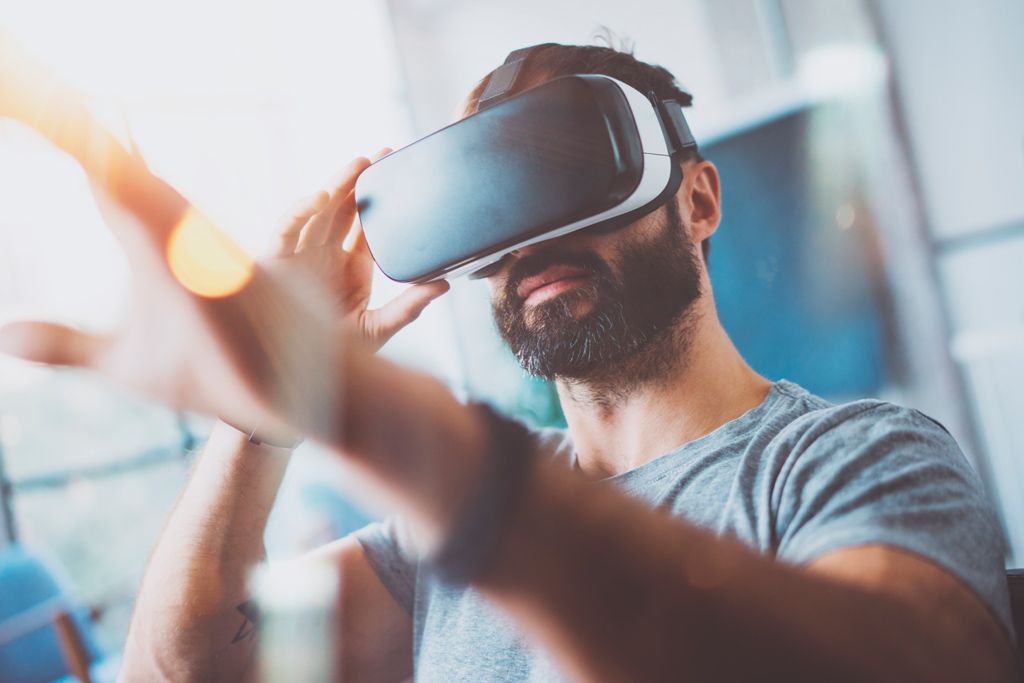Today, we understand digital television and video as an everyday occurrence, but we have been capturing and reproducing moving images for more than a century, always with the aim of improving them to make them as realistic as possible. To reach the level of visual acuity that human beings are capable of perceiving, even more technological advances are needed. Discover the immediate future of video and the challenges of digital television. How much can we improve the quality of video, which is so important for the user’s perception?
Ultra High Definition (UHD)
In this sense, as far as video and digital television are concerned, high definition has been the main current in the last years and the next step is Ultra High Definition (UHD 4K, 8K). But focusing only on resolution alone is not enough, and would lead to a mistake as we saw in the unsuccessful 3D television. Under normal viewing conditions, the human eye simply cannot perceive the difference in terms of resolution improvements beyond HD. There is no room for improvement in Ultra HD video, however, the nuances do become important in other aspects of perception: high dynamic range, wide colour gamut and high frame rate. (HFR). In the video industry they are known by their names: high dynamic range (HDR), wide colour gamut (WCG) and high frame rate (HFR).
High Dynamic Range (HDR)
HDR boils down to deeper blacks and brighter whites. Adopting HDR involves improving the entire technology chain from camera to screen and all the way through, at production sites, in delivery and consumer distribution formats.
Increasing quality comes at a price in terms of data generation, so one of the challenges is to compress data to manageable limits when video is transferred over a satellite link or broadband connection.
The mass adoption of HDR requires a next generation of UHD TV screens with Quantum Dots OLED technologies. Other associated concerns, such as energy consumption, are also being addressed by TV manufacturers who are trying to reflect “the real world” better than ever before and thus provide the viewer with a realistic and stimulating viewing experience.
On the other hand, there are several HDR technologies that are competing to become the standard of the immediate future. Although they are all similar in quality, the industry needs to achieve some kind of convergence in order to have a single standard ready for the future of UHD TV. How each technology achieves compatibility with today’s infrastructure and displays the standard dynamic range (SDR) is probably the hottest topic.
It is hoped that HDR UHD TV will be more like reality than anything seen on TV before, providing a viewing experience so realistic and stimulating that we may miss the sunglasses for watching Digital TV.
Virtual Reality
Going beyond UHD, Virtual Reality (VR) artificially creates sensory experiences, which can include sight, hearing and touch. LVR provides computer-generated images that appear on head-mounted displays (HMD). Oculus Rift, Samsung Gear, HTC Vive, and Google are some of the most popular.
In addition to the almost unlimited possibilities that RV will provide for creating new forms of interaction through augmented reality, the immersive and 360º contents are clear advances.
In Esferize we develop video solutions always incorporating for our clients the most recent technological advances. We invite you to stay tuned to our blog because very soon we will have news in this sense that will reflect the eagerness of Esferize to always go one step further in innovation.





